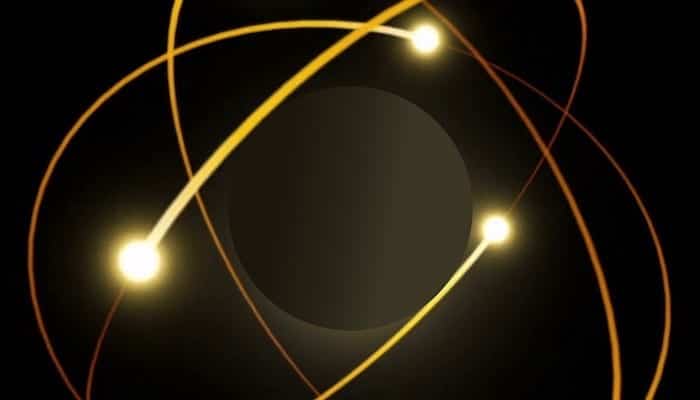Physiology Philes: Cell membrane resting potential
aka BSCC Physiology 003
Part 1 in a three part series discusses the resting membrane potential in order to understand its effect on conduction. In an attempt to deconstruct the ECG changes that occur in cardiac pathology, in particular, coronary ischaemia, we look at the first step, which is understanding the genesis of the resting membrane potential.
The principles involved are having a cell membrane which utilises energy to pump primarily the positively charged potassium ion against its concentration gradient into the cell (the K Na ATPase) and then channels within the phospholipid bilayer which are very selective as to which ions are allowed to cross, in this case, K+, which slowly diffuses back out of the cell down the concentration gradient.
The ions then line up at the membrane and reach a reasonably steady state, at the equilibrium potential, a sort of balance point between the forces of a concentration and a voltage gradient, with positive ions on the outside of the cell, negative inside the cell. Other ions and pumps contribute a small amount to the resting membrane potential.
References
- Lord of the Rings, JRR Tolkein. (Just kidding)

Basic Science
in Clinical Context
Emergency physician. Lives for teaching and loves clinical work, but with social media, she is like the syndromic cousin in the corner who gets brought out and patted on the head once in a while | Literary Medicine | @eleytherius | Website |
